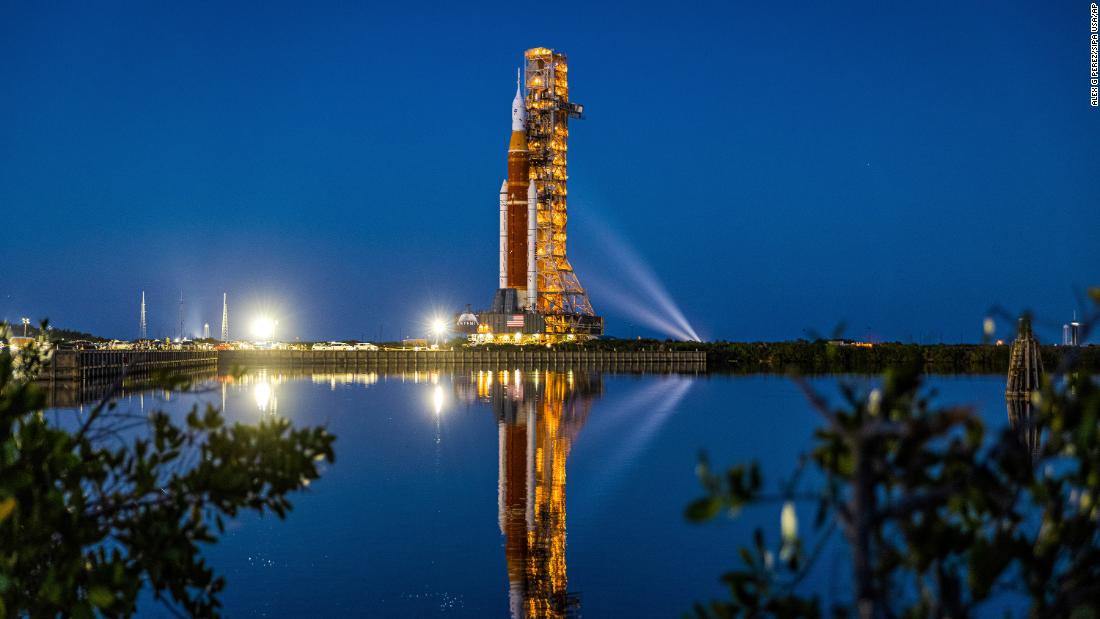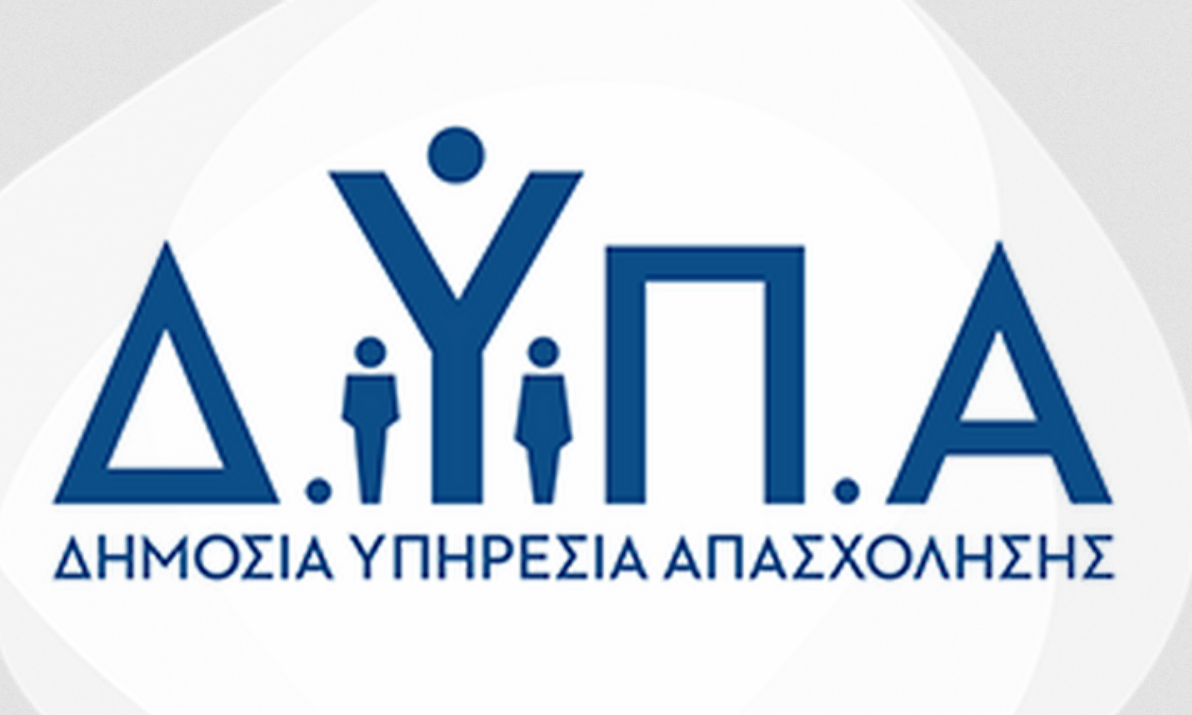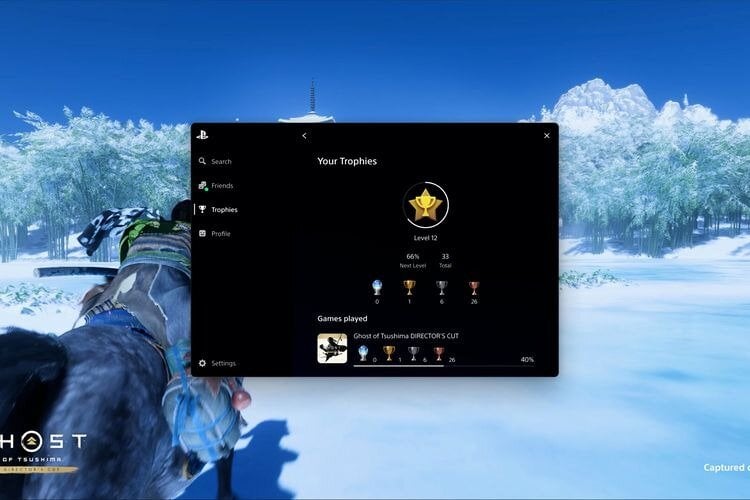
Nelson said the figure is 8% more than applicable federal spending levels, or the appropriations bill from fiscal year 2022.
“It’s greater than a number, a statistic, or a fact of what the president’s budget request represents,” Nelson said in a statement.
“This budget reflects the Biden-Harris administration’s confidence in the extraordinary workforce that makes NASA the best place to work in the federal government,” Nelson said. “It’s an investment in the companies and universities that partner with NASA in all 50 states and the well-paying jobs they create. It’s a signal to support our missions in a new era of exploration and discovery.”
Artemis’ mission to get the lion’s share
The bulk of the $26 billion budget request will be allocated to the Artemis program.
The budget allocated $7.6 billion for deep space exploration and $4.7 billion for the development of exploration systems.
Artemis is the program that will not only return humans to the Moon and create a sustainable and long-term presence on the Moon, but will also prepare NASA for the first human exploration of Mars.
“Our goal is to apply what we learned from living and working on the Moon and then continue on to the Solar System,” Nelson said. “Our plan is for humans to walk on Mars by 2040.”
“Remember what happened after the Apollo program? You had several generations of engineers, scientists, and technicians who all came out as a result of the extraordinary work on Apollo,” Nelson said. “But now, the Apollo generation has passed the torch on to the generation of Artemis. And this new generation is poised to push the boundaries of what we know is possible.”
Satellite surveillance and space technology
The budget request also includes $2.4 billion that could fund climate and weather monitoring, the use of satellites to observe our planet and other research to create a better understanding of the climate crisis.
Nelson said the president’s budget would enable NASA to launch the Earth Information Center. The center will monitor greenhouse gases and other conditions on Earth in coordination with other agencies and partners, integrating data from satellites and telescopes to measure the water, land, ice and atmosphere of our planet.
Given NASA’s ongoing commercial partnerships, the agency has requested $1.4 billion for research and development of space technology that can reduce costs, enhance mission capabilities and create more jobs for the US commercial space industry.
“Our partnership with industry has already allowed for more scientific research, and in December, NASA signed agreements with three US companies to develop designs for space stations and other commercial destinations, first in low-Earth orbit and then who knows what, from (low-Earth orbit).”
Noting that NASA’s first “A” stands for aeronautics, Nelson said $970 million of the budget will go to flight research that can improve aviation for everyone. This includes reducing the aviation industry’s impact on the global climate and helping develop next-generation aircraft that will be safer, smoother, cleaner and quieter.
Finally, there is $150 million to support NASA’s Office of Science, Technology, Engineering, and Math Sharing, providing further support for educational efforts and activities, particularly in underserved areas.

“Avid problem solver. Extreme social media junkie. Beer buff. Coffee guru. Internet geek. Travel ninja.”





More Stories
Along with Ghost of Tsushima comes a new Sony overlay for PC – Sony
NASA calls China's space program “military”: They want to occupy the moon, says the president [videos]
Intel discontinues 13th generation Core K (Raptor Lake) series processors – Intel